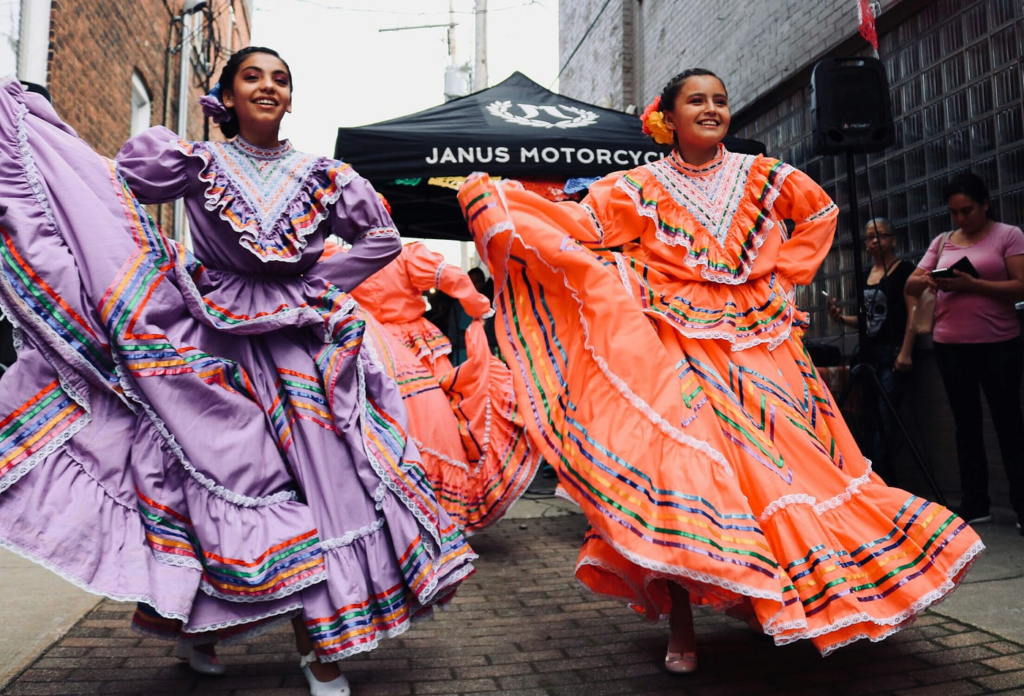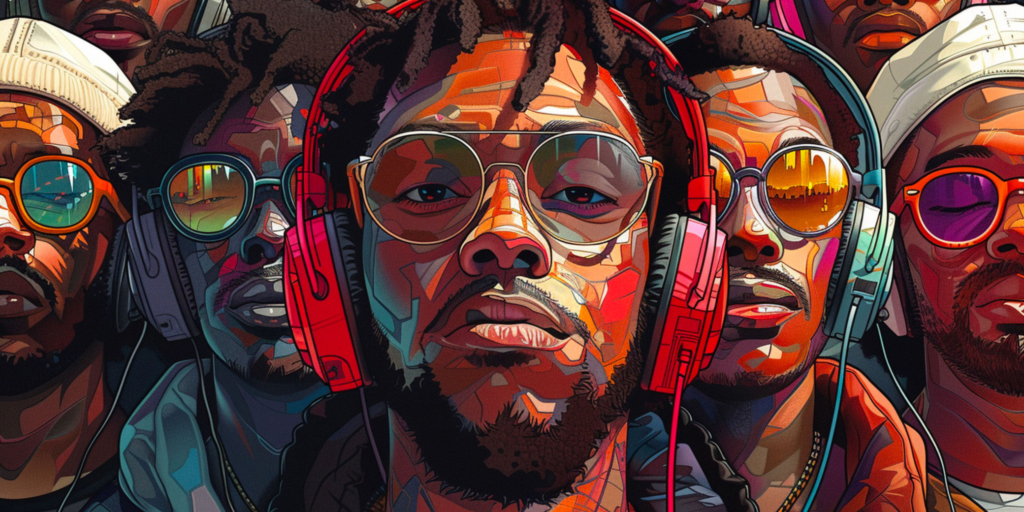Pop culture is everywhere—movies, music, social media, and TV shows fill the lives of American youth. From TikTok trends to superhero blockbusters, it’s no secret that pop culture plays a huge role in shaping how young people think, act, and see the world. But what does this mean for the future? Is pop culture a positive force or a risky influence? Let’s dive into how pop culture is molding the next generation and why it matters.

The Power of Pop Culture
Pop culture isn’t just entertainment—it’s a mirror of society and a guide for young minds. Teens and young adults are especially influenced because they’re figuring out who they are. Music artists like Billie Eilish or TV shows like Euphoria don’t just entertain; they set trends, spark conversations, and shape values. For example, Eilish’s raw lyrics about mental health have encouraged teens to talk openly about their struggles, breaking old taboos.
Social media platforms like Instagram and TikTok amplify this influence. A single viral dance or meme can spread across the globe in hours, creating shared experiences for millions of young people. According to a 2023 Pew Research study, 67% of teens say social media helps them feel connected to what’s “cool” or relevant. This constant exposure shapes their fashion, slang, and even their dreams of becoming influencers or content creators.
Positive Impacts of Pop Culture
Pop culture can be a force for good. It gives youth a platform to express themselves and find communities. For instance, K-pop fandoms like BTS’s ARMY bring together fans from different backgrounds, fostering a sense of belonging. These communities often rally around causes like mental health awareness or climate change, showing how pop culture can inspire activism.
Representation in media is another win. Shows like Black Panther or Never Have I Ever feature diverse characters, helping young people feel seen and valued. A 2024 UCLA study found that 78% of Gen Z viewers want more diversity in TV and movies, and inclusive storytelling boosts their self-esteem. When youth see heroes who look like them, it sparks ambition and pride.
Pop culture also fuels creativity. Platforms like YouTube and TikTok let teens create their own content, from short films to comedy skits. This DIY culture encourages skills like video editing, storytelling, and marketing—skills that can lead to real careers. Many young entrepreneurs credit their start to experimenting with pop culture trends online.

The Dark Side of Pop Culture
But it’s not all positive. Pop culture can sometimes push unhealthy ideas. Social media often promotes unrealistic beauty standards, with filters and edited photos making teens feel they don’t measure up. A 2023 study by the American Psychological Association linked heavy social media use to body image issues in 60% of teen girls. This pressure can lead to anxiety or low self-worth.
Consumerism is another concern. Pop culture often ties identity to owning the latest gadgets, clothes, or sneakers. Brands use influencers to market products, making teens feel they need to buy to fit in. The average American teen spends $2,600 a year on trendy items, according to a 2024 Piper Sandler survey, often fueled by pop culture hype.
Then there’s the risk of toxic behavior. Reality TV shows like The Bachelor or viral pranks on TikTok can glorify drama, bullying, or risky stunts. When young people mimic these behaviors, it can strain friendships or even lead to legal trouble. Parents and educators worry that pop culture sometimes rewards fame over kindness or hard work.
The Role of Parents and Schools
With pop culture’s massive influence, parents and schools have a tough job. They can’t block it out—teens will always find a way to engage. Instead, experts suggest guiding youth to think critically about what they see. Media literacy programs in schools teach students to question messages in ads or TV shows. For example, a 2024 pilot program in California schools found that teens who took media literacy classes were 40% less likely to blindly follow influencer trends.
Parents can help by talking openly with their kids. Asking, “What do you think about this show?” or “Why do you like this artist?” sparks reflection. Setting screen time limits also helps balance pop culture with real-world activities like sports or hobbies. The goal isn’t to demonize pop culture but to help youth navigate it wisely.

Looking Ahead: The Future of Pop Culture’s Influence
As technology evolves, so will pop culture’s grip on American youth. Virtual reality and AI-driven content are already changing how teens consume media. For example, virtual concerts in platforms like Fortnite let fans “attend” shows as avatars, blending gaming with music. These immersive experiences could deepen pop culture’s impact, for better or worse.
The rise of user-generated content also means youth aren’t just consumers—they’re creators. This shift gives them more power to shape pop culture themselves, from starting trends to challenging stereotypes. But it also means they’ll face new pressures, like chasing viral fame or dealing with online hate.
Ultimately, pop culture is a double-edged sword. It can inspire, connect, and empower American youth, but it can also mislead or overwhelm them. The key is balance—helping young people embrace the good while staying aware of the risks. By understanding pop culture’s role, parents, educators, and teens themselves can ensure it’s a tool for growth, not a trap.
Why It Matters
Pop culture isn’t going away, and its influence on American youth is only growing. Whether it’s sparking creativity or fueling insecurity, it shapes how the next generation sees themselves and the world. By staying engaged and informed, we can help youth harness pop culture’s energy for positive change. What do you think—how is pop culture shaping the young people in your life?
Read More :- The Best Story Behind Route 66: America’s Highway Icon






